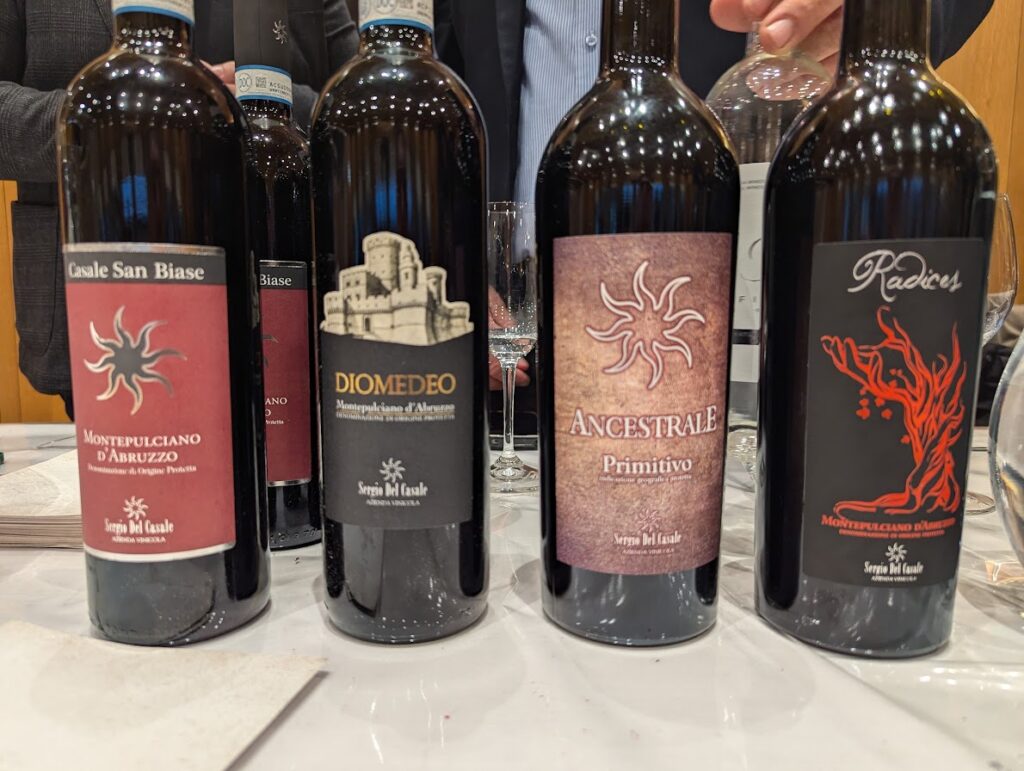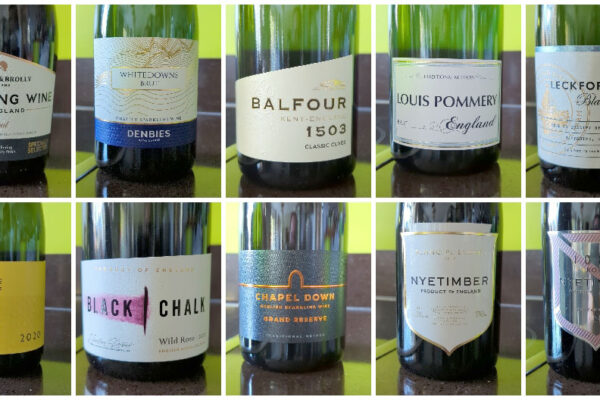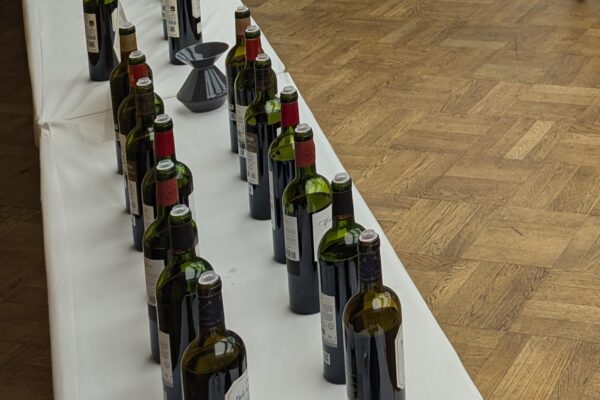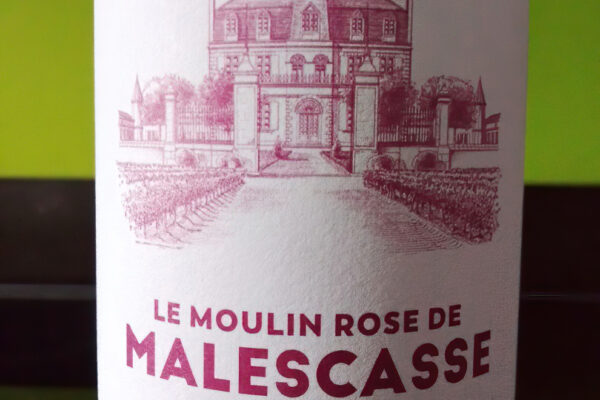
In mid-November 2024, I attended an Abruzzo wine tasting event in London. The trade-focused event showcased a range of wines from the Abruzzo region, including whites such as Trebbiano d’Abruzzo and Pecorino d’Abruzzo, the vibrant rosé Cerasuolo d’Abruzzo, and the region’s iconic red, Montepulciano d’Abruzzo. Most of the producers were seeking representation in the UK.
There were approximately 100 wines on offer from about 12 producers, although, with hindsight, the exact numbers are hard to know. Unusually for a trade tasting of this nature, there was no accompanying tasting booklet. This lack of information made keeping track of what I sampled more challenging than usual, but the wines still managed to leave a great impression.
Here are the wines that stood out most for me:

Caprera Le Vasche Cerasuolo d’Abruzzo 2022. This rosé, made entirely from Montepulciano grapes, has a robust 14% ABV and showcases the unique character of the Cerasuolo style. The name “Cerasuolo” derives from “cerasa,” meaning cherry, a reflection of both the wine’s vibrant hue and the Montepulciano grapes that define it. Unfined and unfiltered, the wine is made with minimal intervention. The grapes are de-stemmed and pressed whole with skin contact to extract its bold flavour profile. Certified organic and spontaneously fermented, it exemplifies a low-intervention winemaking approach that highlights the purity of the fruit and location. Scoring an impressive 4.2 on Vivino, it is very aromatic with dominant notes of red fruit, particularly raspberry. What sets this wine apart is its complexity and depth of flavour, offering much more than the typical rosés available in the UK.
Marramiero Abruzzo Pecorino 2023 is related to Marramiero’s red counterpart, Inferi, which I previously mentioned in the Simply Italian Great Wines Tasting. This Pecorino, with an elegant ABV of 13%, has a golden yellow hue that hints at the richness within. The aroma and palate are vibrant with tropical fruit notes, including mango, melon and a zesty touch of grapefruit. The wine is very flavoursome, offering a deep and satisfying mouthfeel that lingers long after each sip.

Le Belle I Tenuta Fauri Vino Bianco Frizzante is a fascinating and unconventional sparkling wine that showcases a creative take on Pecorino, even though the grape variety is purposely not explicitly mentioned on the bottle. With an ABV of 12.5%, it offers an engaging drinking experience that diverges from the traditional expressions of this grape. Packaged with a crown cap and a label designed by a local artist, the branding leans into modern artistry and creativity rather than conventional wine aesthetics. Produced using the ‘Metodo Ancestrale,’ known to us as Pet Nat (pétillant naturel), this wine is naturally sparkling, slightly cloudy and a delicate lemon yellow in appearance. It bursts with great aromas of citrus fruits and tangerine, while the palate delivers juicy pear and peach flavours alongside a refreshing grip. Its richness and vibrant acidity create a profile that’s both refreshing and memorable. This wine is an excellent and innovative take on Pecorino, highlighting the versatility of the grape in a less conventional but highly enjoyable style.
Tenuta I Fauri Pecorino 2023 is another wine from the same producer as the previously mentioned Le Belle I Tenuta Fauri. This vintage bears the mark of a challenging year, as the estate lost 85% of its grapes to mildew. What remained, however, was highly concentrated, resulting in a wine with an elevated ABV of 14% and great depth. The wine has a light golden yellow hue and an enticing aroma of peach and pear. On the palate, it bursts with tropical flavours of pineapple and mango, complemented by the zesty brightness of grapefruit-like acidity. Despite its vibrancy, the acidity is beautifully rounded, giving the wine a smooth texture and impressive length. Its intensity is remarkable, offering a concentrated expression of Pecorino that starts to echo the bold character of a Gewürztraminer.
Senza Solfiti Aggiunti Trebbiano Torre Raone 2023 is made without added sulphites. At 12.5% ABV, it offers a balanced and approachable profile. What stood out most was its deep, resonant melon mid-palate, which lends the wine a satisfying richness. The length is impressive, leaving a lasting impression with its clean, fresh finish.
Vizzarro Montepulciano d’Abruzzo Colline Teramane Riserva 2018 14.5%, was the true highlight of the tasting. Aged for 13 months in French oak, this wine achieves a perfect balance of intensity and refinement. In the glass, it has a deep ruby red colour, hinting at the richness to come. The aromatics are exceptionally vivid, dominated by red berry notes that are both fresh and enticing. On the palate, juicy dark cherry and blackberry flavours shine through, offering a luscious and concentrated experience. Despite its intensity, the wine’s tannins are soft and well-integrated. Its aromatics, complexity and structure are reminiscent of a great Rioja, with a polished and sophisticated edge. For me, this was the wine I enjoyed most during the tasting.
Guardiani Farchione Di Je di Me Riserva 2017 is a great expression of Montepulciano d’Abruzzo. The flavour profile is rich and layered, with notes of plum and black cherry complemented by hints of cocoa and tobacco. Its age has softened the tannins enough, resulting in a velvety, smooth mouthfeel. This wine comes from a very small production, making it a rare gem. If you can’t find it, an alternative is a sister wine, the Guardiani Farchione Tenuta del Ceppete 74 Montepulciano d’Abruzzo, which features stronger medium to strong tannins. With patience, allowing it to age will hopefully bring out a similar softness and complexity.
Marchesi de’ Cordano Aida Montepulciano d’Abruzzo 2021 is an approachable and highly enjoyable expression of Montepulciano. With an ABV of 13.5%, it strikes a balance between richness and drinkability, making it perfect for a more casual yet satisfying wine experience. The wine offers enticing aromas and flavours of dark fruit, vanilla, and plum, creating a well-rounded and inviting profile. The tannins are soft, contributing to its easy-drinking nature. Rated 4.2 on Vivino, which is a testament to its broad appeal.
Rabottini Ed In Fine Montepulciano d’Abruzzo 2016, with an ABV of 14%, it is sourced from the estate’s oldest vineyards, aged on indigenous lees and left unfiltered, this wine embodies a more natural approach to winemaking. The aromatic profile is slightly spicy, adding intrigue. Medium-bodied with soft tannins, it offers a harmonious and balanced structure. The palate is a mix of blackberry, violet, and plum notes, complemented by a liquorice finish. This unique feature is attributed to the liquorice plants growing in the vineyards, which impart a subtle yet unmistakable signature to the wine.
I was particularly impressed with the wines from Sergio Del Casale whose wines (below) included a particularly interesting Primitivo, standing out as the only example of its kind in the room. The producer’s emphasis on holding wines longer until the tannins have softened sufficiently was evident, resulting in more balanced and approachable wines.

The standout was the 2010 Radices Montepulciano d’Abruzzo, with an ABV of 14%. Upon writing this, I discovered it holds an impressive 4.4 score on Vivino. It has an intense aroma, layered with notes of violet and black cherry. On tasting, it delivers smooth black fruit flavours with deep raisin and blueberry undertones, complemented by a subtle hint of liquorice.
In summary, this was a great showing of wines, offering a deeper exploration of Abruzzo’s winemaking styles. The Pecorino wines, in particular, stood out with stronger and more complex flavours than we typically see in the UK. It was also fascinating to observe the stylistic split between non-oaked and oaked ‘Riserva’ Montepulciano d’Abruzzo, a distinction I hadn’t fully appreciated before. While I found myself leaning towards the richness and complexity of the Riservas, the purity and vibrancy of the non-Riserva wines certainly have their own time and place. Overall, the tasting featured some exceptional options for importers to consider.













